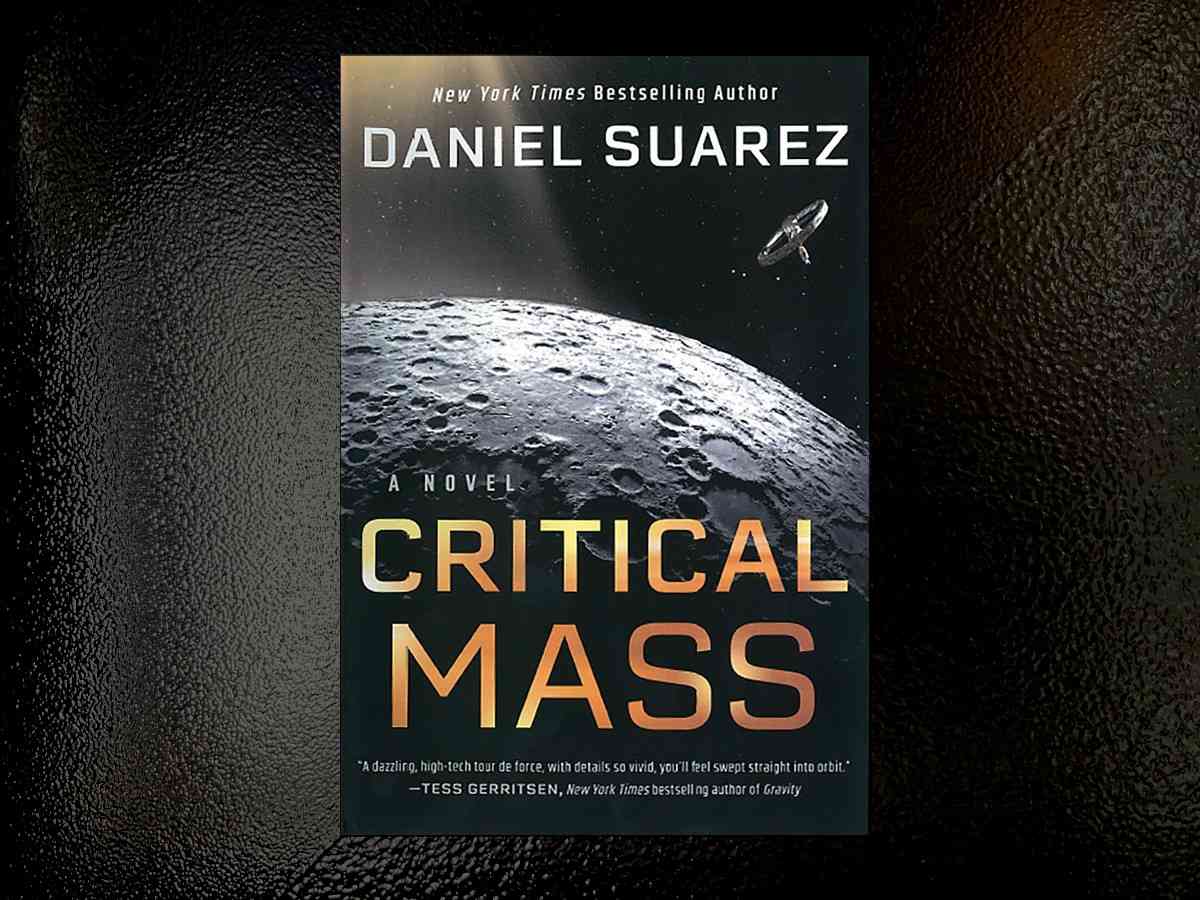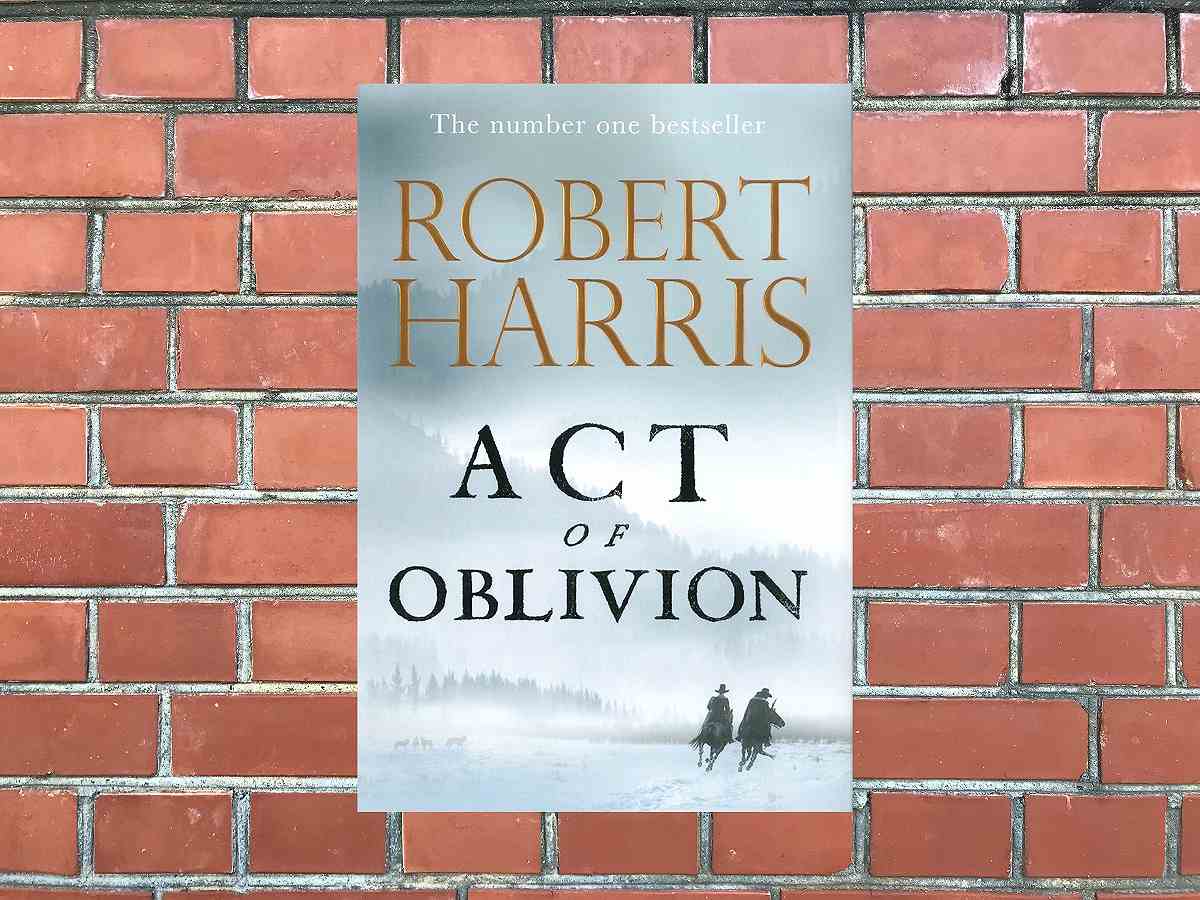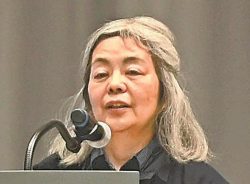Bound to Please / Hayabusa2 Took a Pinch of Ryugu; a Novelist Imagines Taking Tons of It

12:33 JST, June 29, 2023
Call me irrational, but as a resident of Japan I have somewhat proprietary feelings about the asteroid Ryugu. The Japanese space probe Hayabusa2 made history when it visited Ryugu in 2018-19, picking up samples of physical material that it later dropped off while swinging back past Earth in 2020.
So, when I heard that science fiction author Daniel Suarez had written a novel with Ryugu as its primary setting, I had to read it. That 2019 book, “Delta-v,” was both entertaining and educational. Better yet, it turned out to be the first volume of a planned trilogy. The second book, “Critical Mass,” is out now.
“Delta-v” begins in the year 2032, when flamboyant billionaire Nathan Joyce has announced a seemingly hypothetical plan for a manned mission to mine Ryugu’s resources. The plan is further along than he reveals, and he circumvents a great deal of government red tape (but causes many other problems) by launching it in secret.
The main character is James Tighe, one of Joyce’s initial crew of eight astronauts. Their mining operation extracts tons of valuable resources, but technical snafus and surprising plot twists mean that just three of the astronauts make it back to Earth.
“Critical Mass” continues the story with Tighe and others back on the home planet in 2038, working to prepare a rescue mission for their lost-in-space comrades. They have a few years before the orbits of Ryugu and Earth again come close enough to make that possible. But that’s not much time when their preparations include building a whole new spaceship — a project that itself requires setting up industrial infrastructure on the moon.
Adding to the tension, they learn that the Ryugu mining station has been boarded by state-sponsored space pirates. (The sponsoring state is one that, in real life, has been known to drop rockets into the Sea of Japan.)
These books are “hard” science fiction, meaning they strive for technical realism and readers might actually learn from them. New additions to my own vocabulary include “cislunar space” for the region within or near the orbit of the moon, and “rectenna” for a device that captures electromagnetic waves from the air (or the vacuum of space) and converts them into usable electric current.
Perhaps inevitably, the reader is hit with some heavy info dumps. But there are also scenes in which Suarez smoothly combines exposition with action. In a scene reminiscent of James Bond getting kitted out by Q, an engineer lectures Tighe and others on the functions of the telepresence robots they will need for their lunar construction work. The crew start clowning around with the robots well before he finishes talking.
In addition to the fascinating technology, there is a fair amount of suspense and even a few touching moments as the crew face adversity together.
Middle books of trilogies are often criticized as mere bridges between the first and last books, with little substance of their own. That is not a problem with “Critical Mass.” Suarez brings the rescue storyline to a definitive climax while leaving just enough loose threads to serve as a starting point for the planned final book.
The author’s website says the trilogy aims to use “real science … to dramatize humanity’s transition to a true spacefaring species.” So far, he is accomplishing that mission. By the end of “Critical Mass,” my cherished asteroid seems to be nearing the end of its role in the story. But there are signs of more drama ahead, as things heat up on Earth and in cislunar space.

Critical Mass
- By Daniel Suarez
- Dutton, 447pp, $28
"Culture" POPULAR ARTICLE
-

Van Cleef & Arpels Dazzles with Art Deco Artisanry at Tokyo Exhibit
-

Disney’s ‘Twisted-Wonderland’ Animated Series Puts Villains in Spotlight: New Show Features School Inspired by Classic Disney Films
-

Japan Plans to Distribute Manga Overseas Via New Platform
-

Japanese Craftsman Produces Beautiful and Durable Bags Made of Wood
-

Ayumi Hamasaki’s Shanghai Concert Canceled Day Before Schedule as Part of Beijing Backlash
JN ACCESS RANKING
-

Keidanren Chairman Yoshinobu Tsutsui Visits Kashiwazaki-Kariwa Nuclear Power Plant; Inspects New Emergency Safety System
-

Imports of Rare Earths from China Facing Delays, May Be Caused by Deterioration of Japan-China Relations
-

University of Tokyo Professor Discusses Japanese Economic Security in Interview Ahead of Forum
-

Japan Pulls out of Vietnam Nuclear Project, Complicating Hanoi’s Power Plans
-

Govt Aims to Expand NISA Program Lineup, Abolish Age Restriction



























